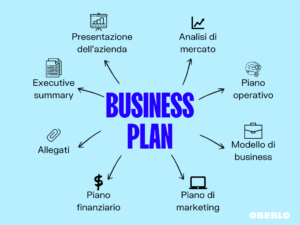 In the world of economics and business, a resource is anything that s required to achieve an objective or perform an action. In simple terms, they’re the stuff that a business requires in order to get done. They include human capital, tools, working space, supplies, or money. In a complex society, these resources can take on many different forms and names. Some are referred to as raw material, others as a financial resource, and still others as a company’s reserve.
In the world of economics and business, a resource is anything that s required to achieve an objective or perform an action. In simple terms, they’re the stuff that a business requires in order to get done. They include human capital, tools, working space, supplies, or money. In a complex society, these resources can take on many different forms and names. Some are referred to as raw material, others as a financial resource, and still others as a company’s reserve.
Labor is the element most responsible for all the activities of a company. Without it, business would grind to a halt. While this element provides the raw materials for production, managers and other employees help make it possible to carry out these activities in a manner that uses the resources efficiently and produces the best end product. The two categories of labor used in businesses are direct labor – that is, the tasks performed by people – and indirect labor – that is, the actions of companies’ management that produce results and allow workers to get paid.
One way of thinking about the relationship between a physical and human resource in your business model is to consider it as an analogy of two separate parts in an equation. You would need both the physical resources and the human resources necessary to construct a successful business model. Your goal would be to construct the business model that utilizes the best of both sets of resources.
In business, the term resource planning often refers to this combination of physical and human resources. A well-planned resource plan considers both the direct and indirect effects of any change in the balance of these two elements. This planning is undertaken by businesses large and small, and for almost every type of organization. There are three primary components to effective resource planning:
Risk Management: Resource planning considers the risks that the resources you are required to use will impose on the operation of the business. These risks can be categorized into two general categories: external risks and internal risks. External risks occur outside the scope of the physical resources that are placed in service to the operation of the business. Internal risks occur within the operations of the business, but are not considered external by the resources themselves. They are usually categorized as adverse external events, which could have a significant impact on the success of the business.
Two key components of resource management include prevention and mitigation. Prevention is the means adopted to avoid poor resource allocation decisions and the resulting negative consequences. Mitigation is the action taken to correct poor resource allocation decisions once they have been made. Many businesses attempt to apply the principles of good resource management to allocating their resources. Unfortunately, very few businesses succeed in doing so.
Agile Project Management: The principles of efficient resource allocation were inspired, in part, by the principles of lean manufacturing, another system of management that emphasizes reducing the costs of production through the use of fewer physical resources. However, Agile differs from lean in the way that it focuses on the creation of an efficient product or service as opposed to a flawless product or service. Many businesses that successfully incorporate Agile into their resource allocation practices find that their processes become even more streamlined and dynamic. This ultimately results in the creation of a superior product or service, at a reduced cost. In this sense, Agile project management is like lean manufacturing in that it focuses on the creation of an optimal product or service at a reduced cost.
Managing these various resource management processes is no easy task. Businesses must often make difficult choices about how to allocate their resources. But by applying effective resource planning practices to their business models, businesses are able to greatly reduce their wastes, thereby improving the overall efficiency of their operations. Agile project management is just one component of successful resource management. More businesses need to realize the importance of implementing these principles if they want to effectively compete in today’s ever-changing business environment.

